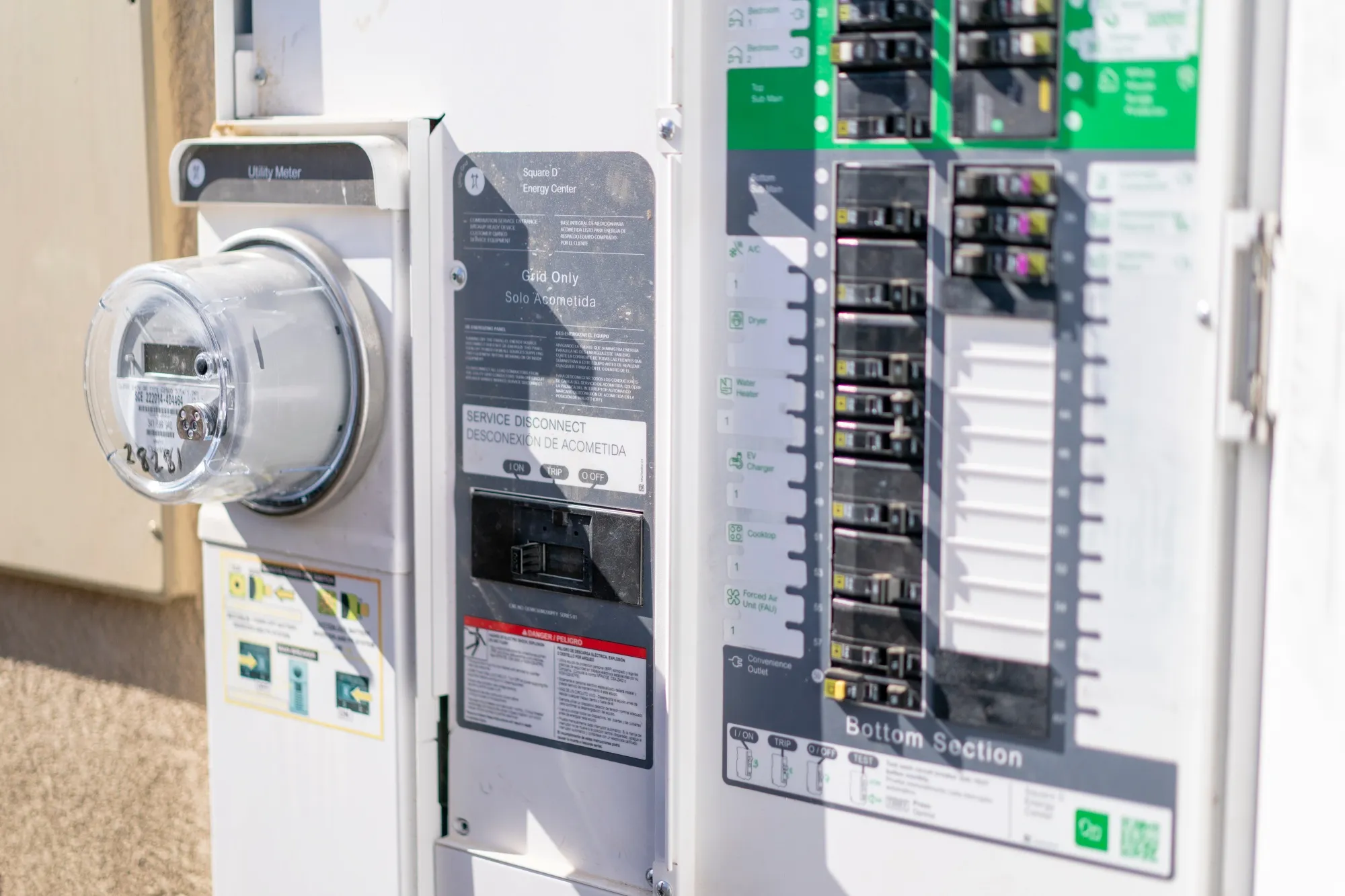The US electric grid increasingly relies on the “virtual power plant” to limit consumption — and ward off outages — during peak periods.

As summer heat strikes, the US grid increasingly relies on a kind of invisible weapon — the “virtual power plant” — to prevent blackouts.
Each VPP brings together large numbers of homes and businesses whose owners have agreed to use less electricity when needed — or even send some of their own back to the grid — in exchange for a financial incentive.
Participants just have to let the operators take control of their usage to balance supply and demand when the system’s under stress, usually by setting the thermostat a few degrees higher or tapping electric vehicles and on-site batteries.
Pool enough customers, and it makes a big difference. Energy consultancy Wood Mackenzie says the VPPs already deployed or under development in the US will be able to save as much juice as 33 nuclear reactors can produce.
And they can swing into action at a moment’s notice.
“You’re essentially allowing the temperature in a building to rise slightly, which translates to load reduction and, therefore, grid relief,” said Ben Hertz-Shargel, who leads research on electrification and grid digitalization for Wood Mackenzie.

Virtual power plants may help address fast-rising demand. The US Energy Department estimates that peak consumption will increase by as much as 200 gigawatts through 2030, and about 80% of that boost could be met through VPPs.
But Wood Mackenzie lays out several challenges in its report: Not enough of them include EVs or batteries, and while many businesses have signed on, homes currently account for less than 9% of current VPP capacity in the US.
Another hurdle is that VPPs mainly bid into capacity markets, not energy markets — meaning they get paid to help networks in case of an emergency but not to provide everyday support.
“The goal should be to prevent emergencies from occurring, rather than being a resource for emergencies,” Hertz-Shargel said. “You don’t want the grid to operate near the edge.”
–Josh Saul, Bloomberg News
Share This:




 CDN NEWS |
CDN NEWS |  US NEWS
US NEWS 


























